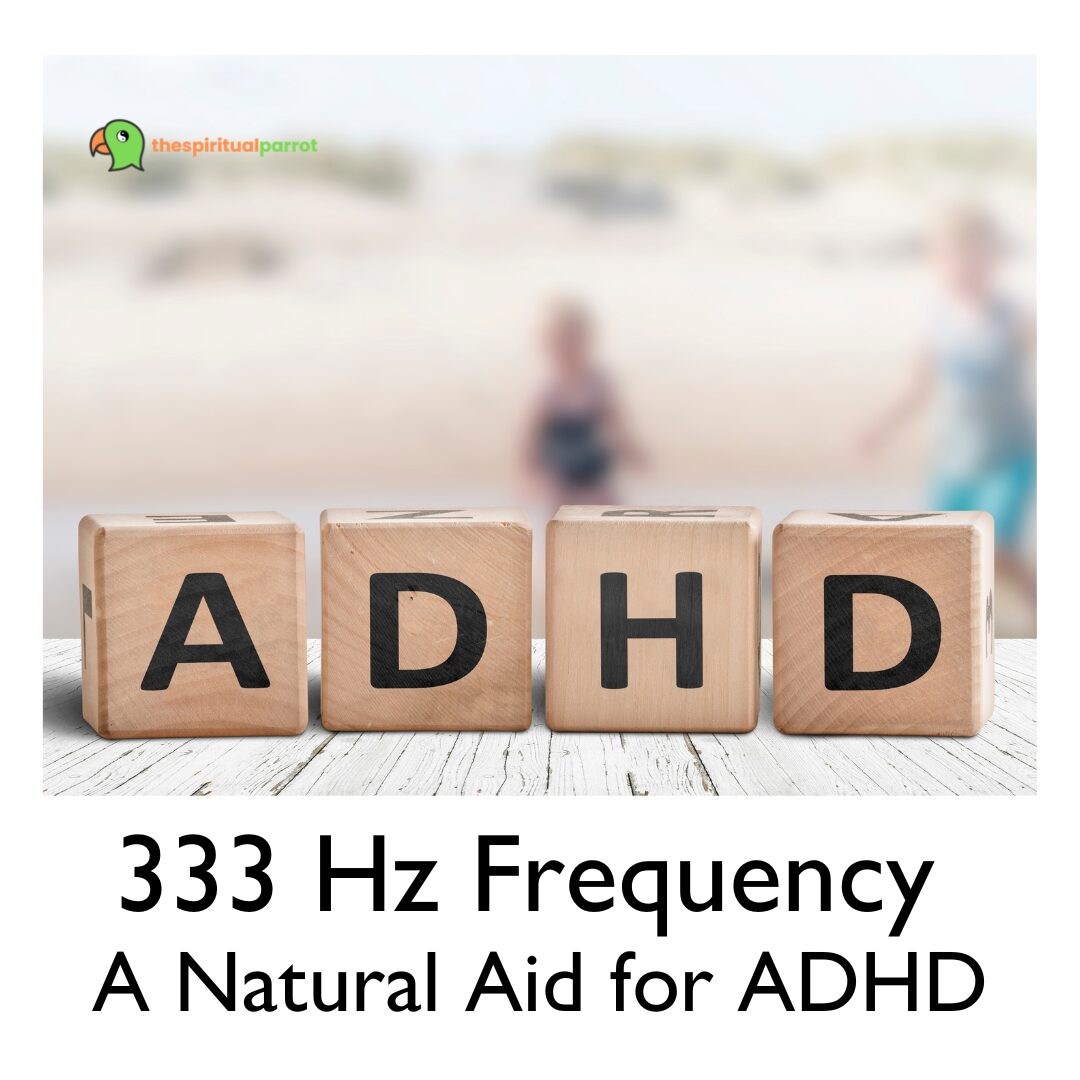In our fast-paced world, maintaining focus and mental clarity often feels like an uphill battle, especially for those with ADHD. While traditional methods offer varying degrees of success, many seek natural and alternative solutions to enhance their cognitive abilities. One such solution gaining popularity is the use of specific sound frequencies. Among these, the 333 Hz frequency stands out for its potential to improve concentration and reduce anxiety. This blog post delves into the science and benefits of the 333 Hz frequency, offering practical tips on how to integrate this natural aid into your daily routine for better focus and mental well-being.
What is 333 Hz Frequency?
In our quest for better mental focus and clarity, especially for those managing ADHD, the search for effective and natural methods never ceases. One such method that has gained traction is the use of sound frequencies. Among these, the 333 Hz frequency is particularly noteworthy. But what exactly is this frequency, and why does it matter?
Definition and Origin
The 333 Hz frequency refers to a specific sound wave that oscillates at a rate of 333 cycles per second. This particular frequency is thought to have unique properties that can influence our mental state. Historically, various cultures have utilized sound therapy, believing that different frequencies can elicit specific physical and psychological responses.
- Ancient Practices: In ancient Greece, sound frequencies were used for healing purposes, often through musical instruments like the lyre. Similarly, Tibetan monks employed singing bowls to create harmonious sounds believed to promote healing.
- Modern Discoveries: More recently, researchers have started to uncover the science behind these practices. Studies suggest that certain frequencies, like 333 Hz, can help synchronize brainwaves, leading to improved focus and relaxation.
For instance, when you listen to a 333 Hz tone, it can create a resonance in your brain that fosters a state of deep focus and calm. This phenomenon is why many sound therapists and meditation practitioners recommend integrating these frequencies into daily routines.
Scientific Basis
The scientific community has begun to explore how specific frequencies impact the brain. The 333 Hz frequency, in particular, has shown promise in several studies. Here’s how it works:

- Brainwave Synchronization: When exposed to this frequency, the brain tends to align its own electrical pulses with the sound waves. This process, known as brainwave entrainment, can lead to heightened states of concentration and mental clarity.
- Reduced Cortisol Levels: Listening to calming frequencies has been shown to reduce cortisol, the stress hormone. Lower cortisol levels can help alleviate anxiety and improve overall mood, making it easier to focus on tasks.
For example, imagine trying to work in a noisy environment. Your brain struggles to filter out distractions, leading to decreased productivity. By listening to 333 Hz frequency audio, you can create a mental “shield,” blocking out extraneous noise and allowing for sustained attention on your work.
Researchers continue to study the full effects of sound frequencies, but early findings suggest significant benefits, particularly for those with ADHD. The ability to naturally enhance focus and reduce stress through something as simple as sound offers a promising alternative to more invasive treatments.















